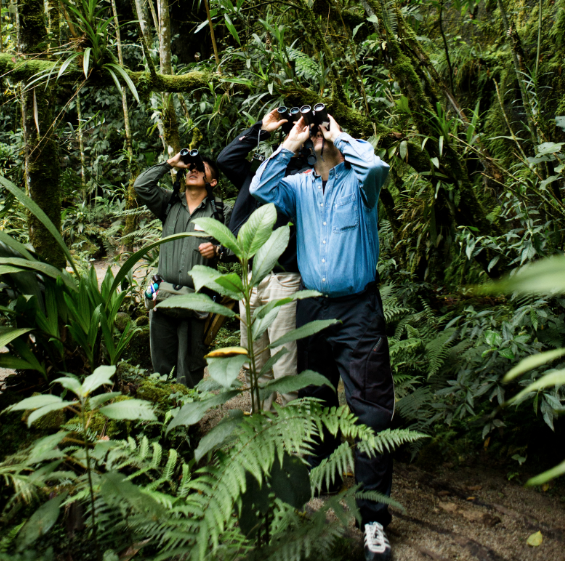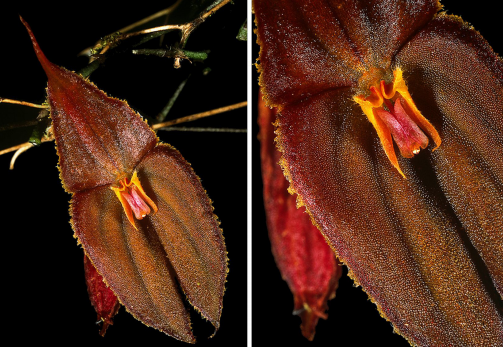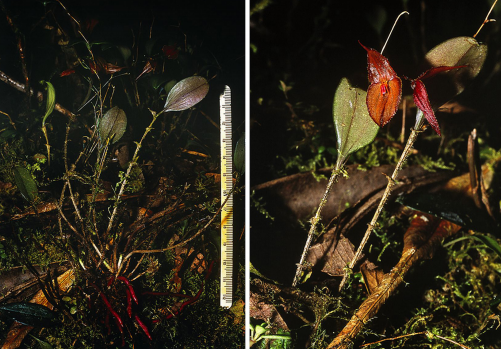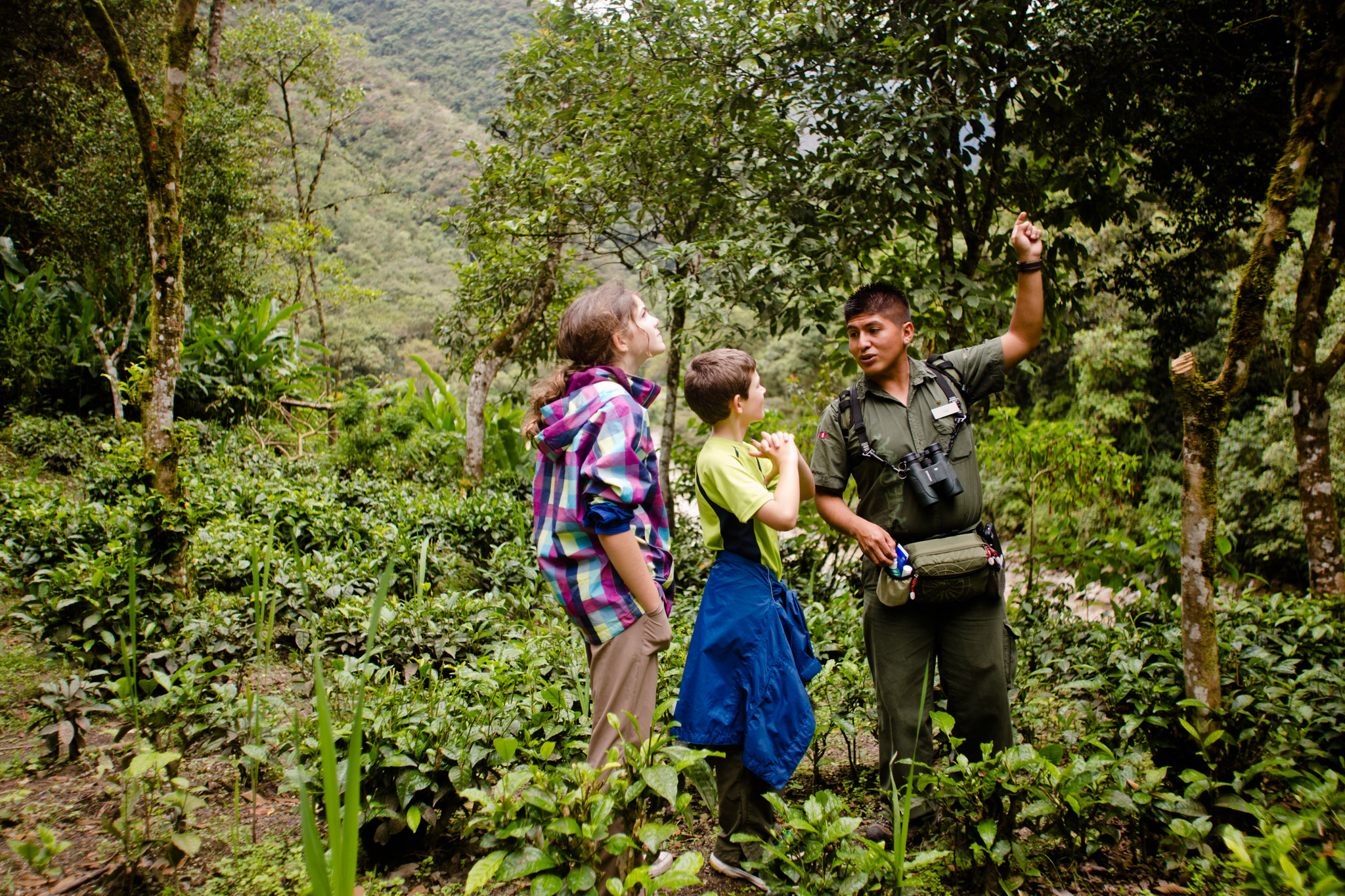13/05/2016
As intrepid explorers make their way through the mists of the mysterious Andean Cloud Forests, they might stumble across some of the rarest, most precious Orchid species in the world, native to the fertile land that surrounds the Inkaterra Machu Picchu Pueblo Hotel. Occasionally, a new orchid species is found – the most recent being Lepanthes Miraculum (Orchidaceae).

Inkaterra Machu Picchu Pueblo Hotel is home to the world’s largest native orchid collection in their natural habitat (American Orchid Society, 2001), where a phenomenal 372 species have been registered – from the largest orchid flower in the world – the Phragmipedium caudatum – to tiny flowering species you may need a magnifying glass to see! There are orchids to excite and intrigue the newly inquisitive, and the seasoned orchid expert.

Scientific journal Lankesteriana published a new addition to the Peruvian orchid flora – Lepanthes miraculum (Orchidaceae). The Lepanthes species arises from southern Mexico, through to the Antilles, to Bolivia and to Brazil, and is made up of more than 800 species, making it one of the largest orchid genera. In Peru, the number of reported Lepanthes species has increased dramatically in recent decades.

During explorations in the Machu Picchu Historical Sanctuary, the Inkaterra Asociación team discovered plants belonging to the Lepanthes species with flowers, unusual in their size and morphology, later determined to be the Lepanthes miraculum. This species had only been seen in a few collections in Bolivia, and no further details had been given about this species since its discovery.

The population found in Peru flowers from March to April, whereas the collections from Bolivia bloom from November to January. The populations occurring in Bolivia are especially endangered and the species may even be extinct, whereas the populations found in Peru occur inside a protected area (the Machu Picchu Historical Sanctuary). The colour of the flowers differs too: sepals of the Peruvian individuals are brownish orange to dark red, the petals orange and golden yellow, whereas the Bolivian ones are red to dark red.

The new finding is credited to Inkaterra Asociación researcher Benjamín Collantes, Julio G. Ochoa (Parque Arqueológico Nacional de Machupicchu, Dirección Regional de Cultura – Cusco), Carlos Martel (Institute of Evolutionary Ecology and Conservation Genomics, University of Ulm), and specialist Lisa Theorle.
14/05/2016
